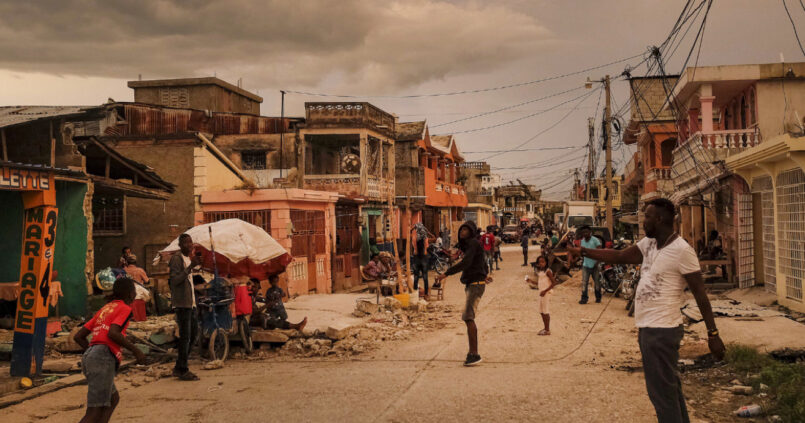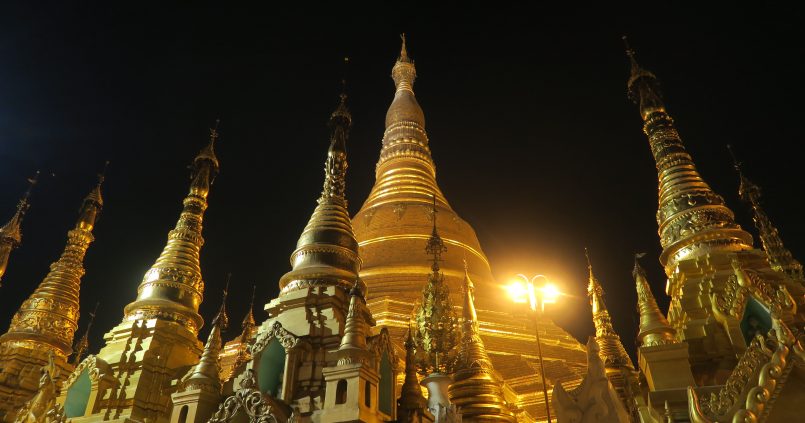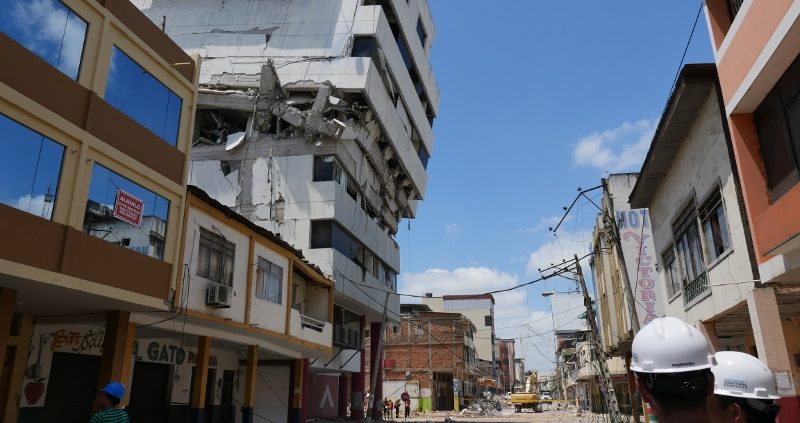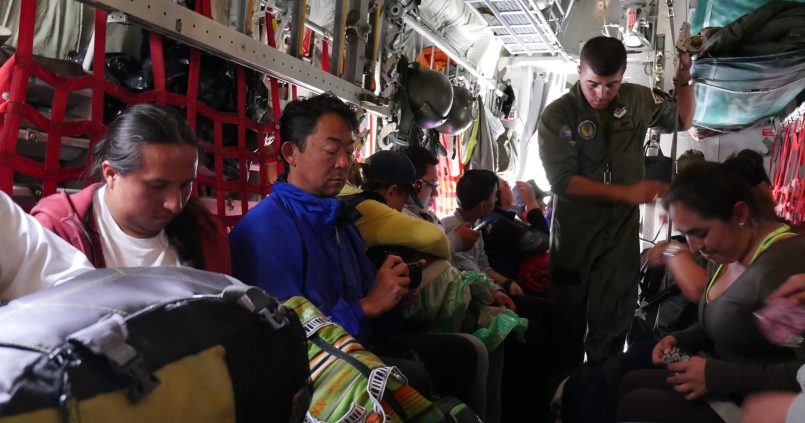This post is part of a series called Miyamoto in Haiti
1:40 PM, Tuesday, February 1, 2022
I am four-wheel driving on a muddy dirt road in the middle of a green tobacco field in the south of Haiti, near Les Cayes. It’s the middle of winter, but here it’s hot and humid, and my back is cramped and sore from the prolonged rocking motion.
I am trying to rendezvous with Felipe, who is a country director of the United Nations Office of Project Services (UNOPS). Our team and UNOPS have teamed up to assist and operate 520 Haitian engineers…
This post is part of a series called Miyamoto in Haiti
Dec. 23, 2021, 5:05 p.m. PST
Les Cayes, Haiti — I quickly jump from our old Mazda four-wheel-drive truck onto an old Chinese-made motorcycle in a jampacked, dusty, hot road. They call it a “moto.” There are thousands of them here in Port-au-Prince, Haiti. Just a couple of dollars; they will take you anywhere without stopping in traffic. I must take a flight to the south, where the earthquake disaster is. But in the meantime, I need to get there by avoiding deadly traffic jams.
They are, in fact,…
This post is part of a series called Miyamoto in Haiti
I step into a dark, small bedroom. I hear my partner’s feet behind me. The room’s windows and doors are covered by thick drapes, hindering any light from entering the room. The bare concrete floor is wet, but the heat is edging towards unbearable. I feel it on my skin. The temperature must be somewhere close to 100 degrees (40 in Celsius) with 90% tropical humidity. Sweat runs down my back, drenching my shirt. Burning charcoal lingers in the air with an undertone of old sweat. The room is…
This post is part of a series called Miyamoto in Myanmar
YANGON, Myanmar–We are driving up to a destroyed water pipeline on a bumpy, 200-year-old, British-made highway. I am in the middle of the Myanmar jungle. It is about 40°C (104°F). It’s dusty, and it’s hot. It’s still the dry season here, and both sides of the highway are lined with low-lying bushes, palm trees and occasional villages with a golden pagoda. The people are friendly and quick to smile.
Our team is part of a government mission to investigate an earthquake-damaged water supply chain. A municipal engineer informed us…
Continue Reading
Posted in Myanmar
This post is part of a series called 2016 Ecuador Earthquake Journals
PORTOVIEJO, Ecuador–I awake to pounding on the thin wooden door of my jungle hotel room. It’s 7:02 a.m. As I groggily open the door, I’m met by a slender woman in a gray dress standing outside. Her hair is wet. “The mayor is waiting for you. You have to see him at 8 o’clock,” she says, in a mix of English and Spanish. “Levántate!” calls out my roommate, Juan.
We had no prior contact with the mayor of Portoviejo, one of the worst damaged cities in Ecuador, but…
This post is part of a series called 2016 Ecuador Earthquake Journals
QUITO, Ecuador–It’s 11:12 a.m., as we fly into the capital of Ecuador, the high mountain scene opens up below. Wispy clouds drift over patches of vivid green fields. My eyes are tired from the 10-hours “red eye” flight from San Francisco, but the beauty of the Cordillera de los Andes mountains is undeniable. They remind me of ragged mountain ranges that I’ve seen many times before.
This is earthquake country.
We step into a new, modern airport; clean but not too busy. The people look Spanish with Inca…






